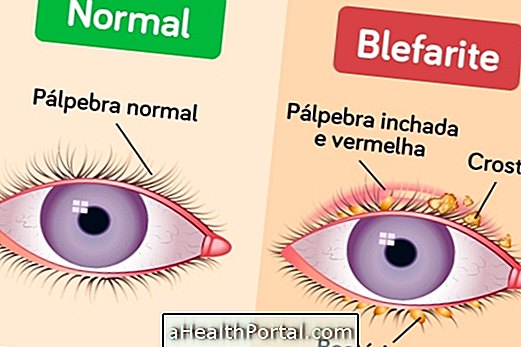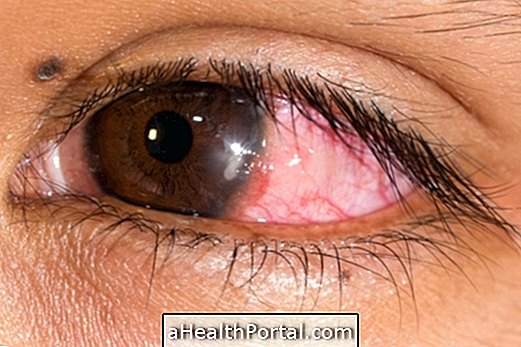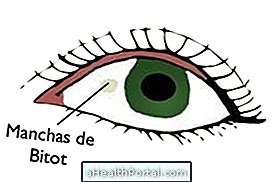Color blindness, scientifically known as achromatopsia, is a retinal disorder that causes symptoms such as decreased vision, excessive sensitivity to light, and difficulty seeing colors. Unlike color blindness, in which the person can not distinguish some colors, the achromatopsia can totally prevent from observing other colors besides black, white and some shades of gray.
Color blindness usually arises from birth, since its main cause is genetic alteration; however, in some rare cases, achromatopsia can also be acquired during adulthood due to brain damage, such as tumors, for example.
Although achromatopsia has no cure, the ophthalmologist may recommend treatment with the use of special glasses that help decrease symptoms, improving the quality of life.

Main symptoms
In most cases, the symptoms may begin to appear as early as the first weeks of life, becoming more evident with the child's growth. Some of these symptoms include:
- Difficulty opening your eyes during the day or in bright places;
- Tremors and oscillations of the eyes;
- Difficulty in seeing;
- Difficulty learning or distinguishing colors;
- Black and white vision.
Symptoms such as difficulty seeing and eye shivering may improve around 6 or 7 years of age, however, the difficulty in observing color remains, and does not change with age.
What can cause achromatopsia
The main cause of color blindness is a genetic alteration that prevents the development of the cells of the eye, which allow the observation of colors, known as cones. When the cones are completely affected, the achromatopsia is complete and in these cases, only black and white can be seen, but when the cones are less severe, the vision may be affected, but it may still be possible to distinguish some colors. partial achromatopsia.
Because it is caused by a genetic change, the disease can pass from parent to child, but only if there are cases of achromatopsia in the parent's family, even if they do not have the disease.
In addition to the genetic changes, there are also cases of color blindness that have arisen during adulthood due to brain injuries, such as tumors, for example.
How is the diagnosis made?
The diagnosis is usually made by an ophthalmologist or pediatrician, only through observation of symptoms and color tests. However, it may be necessary to perform a vision test, called an electroretinography, that allows the evaluation of the electrical activity of the retina, being able to reveal if the cones are functioning properly.
How is the treatment done?
The treatment is usually done with the use of special glasses with dark lenses that help to improve the vision while diminishing the light, improving the sensitivity.
In addition, it is recommended to wear a hat on the street to reduce the light on the eyes and avoid activities that require a lot of visual acuity, as they can tire quickly and cause feelings of frustration.
To allow the child to have a normal intellectual development it is advisable to inform the teachers about the problem so that they can always sit in the front row and offer material with large letters and numbers, for example.























